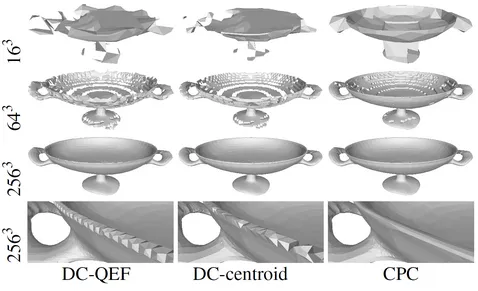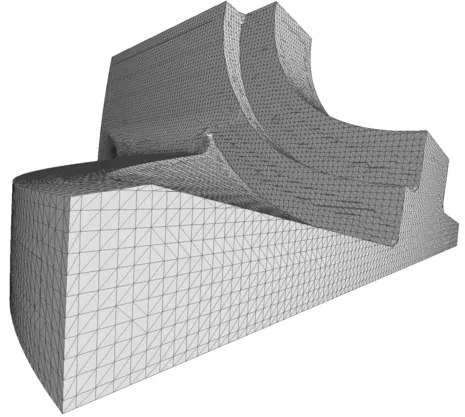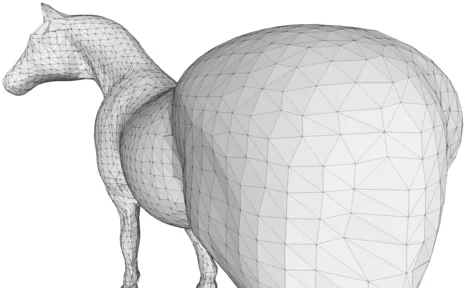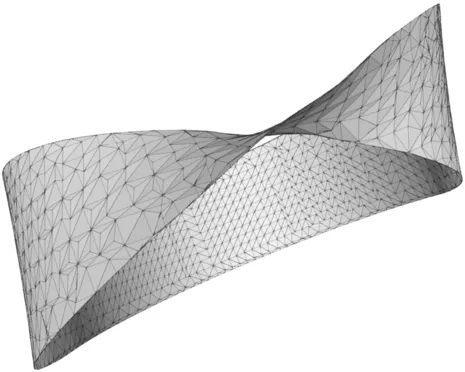Direct Contouring of Implicit Closest Point Surfaces
Stefan Auer, Rüdiger Westermann
Technische Universität München, Germany
Background
Constructing a (signed) distance field and contouring its zero level set are two important steps in many surface reconstruction methods. While most high-quality distance transforms compute the distance to the surface as well as the closest point on it, the contouring step typically uses only the distance and omits the closest point information. Our novel closest point contouring algorithm (CPC) uses the full closest point field, and, thus, allows improving existing methods for high-quality triangle mesh reconstruction based on implicit function models: Since we select the vertex positions directly from the set of closest points, all triangle vertices are guaranteed to lie exactly on the zero-contour and no approximations are necessary. By employing recent findings in the context of so-called embedding techniques, we derive a formulation of the mean curvature vector on the closest point representation and use this formulation to properly select the vertices to be triangulated. In combination with a new table-based triangulation scheme this allows us to detect and preserve sharp features, and to avoid small degenerated triangles in smooth areas. CPC can handle open and non-orientable surfaces, and its data-parallel nature makes it well suited for GPUs.
A preprint of the article is available for download below; the definitive version is available here.
Closest Point Contouring Compared to Dual Contouring

We compare the reconstruction quality of Closest Point Contouring (CPC) and Dual Contouring (DC) for a noisy input model and varying grid resolutions. Besides the standard DC which approximates vertex positions by minimizing a quadratic error function, we also include a more noise-tolerant variant which uses the centroid of the edge-surface intersections. Especially at the silhouettes it is apparent that the contour quality is further improved by using exact closest points.
Acknowledgments
This work was funded by the Munich Centre of Advanced Computing at the Technische Universität München.
Associated publications
Direct Contouring of Implicit Closest Point Surfaces
S. Auer, R. Westermann
Eurographics 2013 - Short Papers, [PDF]


